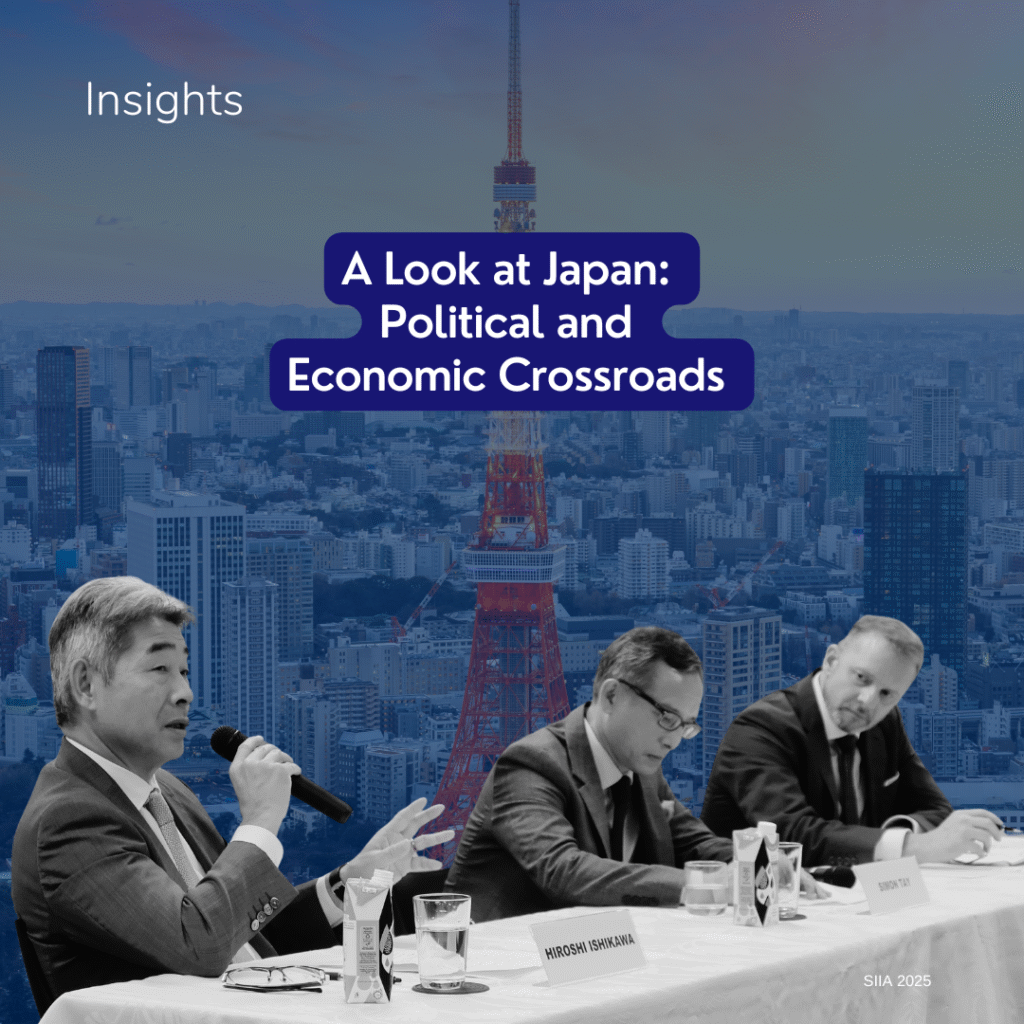It appears that Southeast Asia might face slower days ahead. The region’s predicted growth rate has been reduced to 4.7 per cent, according to a report by the Asian Development Bank (ADB). The revised forecast attributes the downgrade to political and economic road bumps in Indonesia, Thailand and Vietnam. In contrast to pessimism about Southeast Asia, the same report is optimistic about India and China’s growth prospects.
Indonesia has seen an overall decrease in economic productivity, especially in Q1 of 2014. Reasons include “soft external demand, low commodity prices, and a temporary ban on exports of selected minerals”. The country’s political fate will lie in the hands of its new president, Joko ‘Jokowi’ Widodo, requiring him to wield considerable economic clout to strengthen the economy.
In Thailand, political deadlock has affected growth prospects. A temporary cabinet and interim constitution will be implemented later this year, but General Prayuth Chan-Ocha has announced that actual elections will only take place in October 2015. Thailand’s stability hinges on whether a new functioning government can actually be installed by the army.
Vietnam faces uneasy conditions in the wake of a recent wave of anti-Chinese sentiment. The violent factory riots in May, after protests against China’s placement of an oil rig in waters also claimed by Vietnam escalated, were an anomaly. In Vietnam, strikes have usually taken a non-violent path. Such internally driven aggression could very well spell a rocky road ahead for the country.
While Southeast Asia’s growth for the next year is described with pessimism by the ADB, India and China’s growth rates are expected to accelerate. In particular, India’s GDP growth is estimated to hit 6.3 per cent for 2015-2016, driven by optimism over potential Indian reforms following the election of Prime Minister Narendra Modi. The ADB highlights Mr. Modi’s “10-point plan to revive the Indian economy, prioritising infrastructure and investment reform, the prompt resolution of inter-ministerial issues, efficient policy execution and government policy stability”. Projections for China are similarly optimistic, with the ADB predicting GDP growth of 7.5 per cent this year, and 7.4 per cent in 2015.
However, it should be noted that there are opportunities ahead for Southeast Asia to benefit from. Factors such as rising labour costs in China, seen by a 12-18 per cent annual rise in average wages between 2001 and 2011, will provide opportunity for the region due to its ready availability of cheaper labour. The establishment of an ASEAN Economic Community will present not only a more integrated production base but also a combined economy of 600 million consumers and US$2.3 trillion (S$2.85 trillion) in GDP.
As ASEAN officials have discussed, 2015 is a milestone and not a deadline for progress.
Sources:
In Asia, politics stands in the way of economic integration [South China Morning Post, 23 Jul 2014]
Asia Development Outlook Supplement [ADB, July 2014]
ADB Cuts Southeast Asian Growth Forecast To 4.7% [International Business Times (Reuters), 18 Jul 2014]
Asian Development Bank projects 6.3% growth for India in 2015-16 [The Economic Times, 18 Jul 2014]




